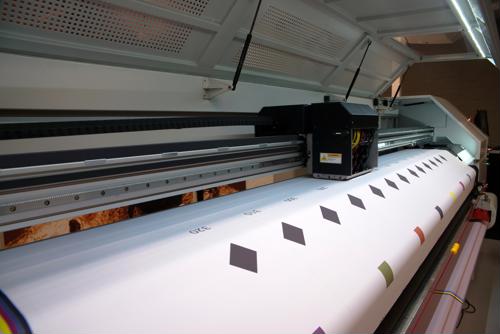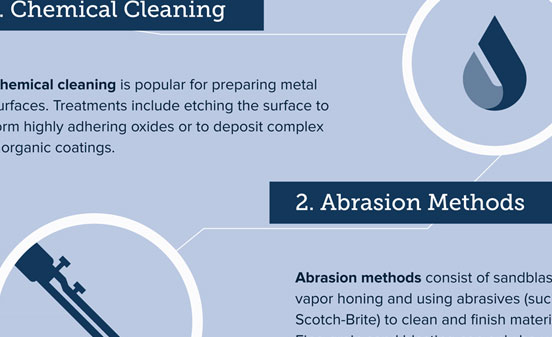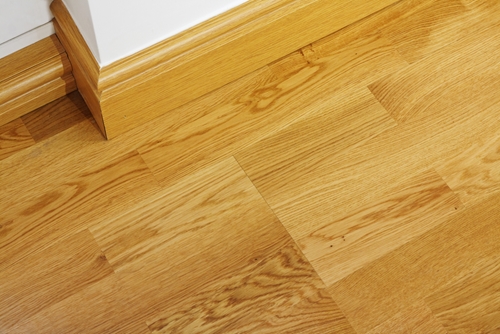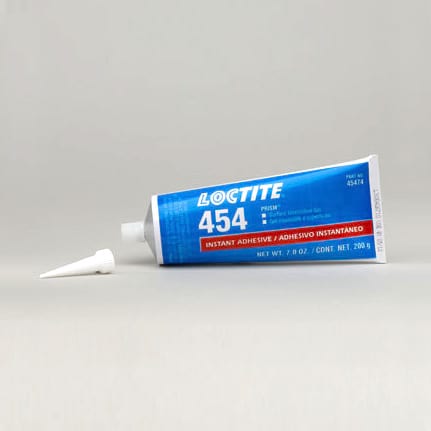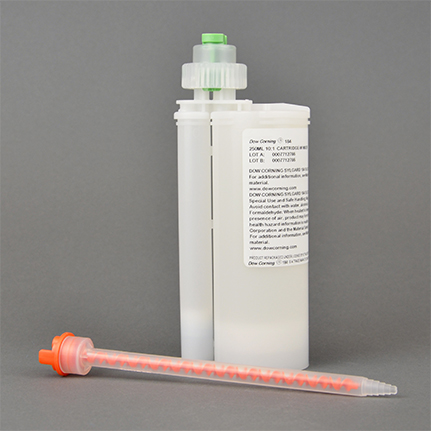

-
Description for Dow MS-1003 Moldable Silicone
A two part component is a medium viscosity, medium Shore A hardness, fast curing optical molding resin and good resistance to environmental aging. It is injection or compression molding for primary or secondary lenses, light pipes, light guides and other optic devices.Application Type Casting / Moldmaking: Optical molding , Casting / Moldmaking: Injection molding 1 Part or 2 Part 2-Part Material Form Liquid Substrate Glass, Plastic Industry Injection or compression molding for primary lenses, Headlamp assemblies, Light pipes, Other optic devices, Optical Molding, Light guides , Injection or compression molding for secondary lenses, Optical market Manufacturer Dow Chemistry Silicone, Polydimethylsiloxane Cure Method 2-Part Cure, Heat-Cure Demolding Time (min) <0.28, <1.05 Cure Time (min) Fast Viscosity (cPs) Medium, Good mold flow, 42,250 Non-Yellowing UV Resistance: Less yellowing than some plastic High Temperature Resistance (°C) 150, Better heat resistance than plastic, Thermal stability Low Temperature Resistance (°C) -45, -55 Volume Resistivity (O) 1.5e16 (ohm.cm) Light Refractive Index (RI) 1.4090 Key Specifications UL (Underwriters Laboratory), ULC (Underwriters Laboratories of Canada), NFPA (National Fire Protection Association): UL 94, UL (Underwriters Laboratory), ULC (Underwriters Laboratories of Canada), NFPA (National Fire Protection Association): UL 746C -
Technical Data for Dow MS-1003 Moldable Silicone
Overview
-
Application Type
- Casting / Moldmaking : Moldable Optics - Optical molding
- Casting / Moldmaking : Injection Molding
-
1 Part or 2 Part
- 2-Part
-
Material Form
- Liquid
-
Substrate
- Glass
- Plastic
-
Industry
- Optical - Other optic devices, Injection or compression molding for primary lenses, Optical Molding, Light pipes, Light guides , Injection or compression molding for secondary lenses, Optical market
- Headlamp - Headlamp assemblies
-
Chemistry
- Other - Polydimethylsiloxane
- Silicone
-
Application Method
- Dispenser - Automated meter, mix equipment, Dispense equipment
-
Cure Method
- Heat - Heat-Cure
- 2-Part Cure
-
Key Specifications
- UL (Underwriters Laboratory), ULC (Underwriters Laboratories of Canada), NFPA (National Fire Protection Association) : UL 94
- UL (Underwriters Laboratory), ULC (Underwriters Laboratories of Canada), NFPA (National Fire Protection Association) : 746C - UL 746C
Specifications
Cure Specs
Demolding Time (min) <0.28, <1.05 Cure Time (min) Fast Viscosity (cPs) Medium, Good mold flow, 42,250 Test Method Work / Pot Time (min) 2,880 Test Method Mix Ratio 1:1 (by weight), 1:1 (by volume) Bond Strength
Tensile Strength (psi) 800 Material Resistance
UV Resistance Intrinsic UV resistance Non-Yellowing UV Resistance: Less yellowing than some plastic Environmental Resistance Good resistance to environmental aging High Temperature Resistance (°C) 150, Better heat resistance than plastic, Thermal stability Low Temperature Resistance (°C) -45, -55 Moisture/Humidity Resistance Moisture resistance Conductivity
Dielectric Strength (V/mil) 500 Volume Resistivity (O) 1.5e16 (ohm.cm) Hardness
Shore A Hardness Medium, 51 Test Method Elongation (%) 325 Other Properties
Light Refractive Index (RI) 1.4090 Test Method Coefficient of Thermal Expansion (CTE) 325 (ppm/°C) Test Method Not Good For
Don't Use For Organotin compounds, Other sulfur containing materials, Other organometallic compounds, Silicone rubber containing organotin catalyst, Sulfur, Polysulfides, Polysulfones, Unsaturated hydrocarbon plasitcizers, Some solder flux residues -
-
Best Practices for Dow MS-1003 Moldable Silicone
-
Application
These products are compatible with commercially available equipment and industry standard processes. These materials can be pumped, meter mixed and molded similarly to liquid silicone rubber. Mix at 1 to 1 ratio. They are lower in viscosity than traditional LSR materials but they are not shear thinning as the LSR’s are. This allows for reduced pressure in the pumping and mixing areas but similar performance in the injection unit compared to LSR’s. In the mold the heat does thin the material dramatically allowing for good flow and reproduction in the mold cavity. Dow OS fluids are recommended to clean cured or uncured silicone residue from application equipment.
-
Mixing
Dow silicone 1 to 1 optical molding materials are supplied in two parts that do not require lot matching. The 1 to 1 mix ratio, by weight or volume, simplifies the proportioning process. To ensure best properties Parts A and B must each be thoroughly mixed, inadequate mixing and may result in incomplete cure or reduced physical properties. Automated meter, mix and dispense equipment may be utilized.
In liquid injection molding operations where changeover from a standard general purposes LSR to a moldable optical silicone may be done frequently, it is highly recommended to dedicate a separate dosing and mixing system, e.g., pumps, valves, hoses and static mixer for the moldable optical silicones series.
-
Deairing/Degassing
In applications or molds that are sensitive to air entrapment, de-airing or vacuum application in the mold may be helpful.
-
Curing
Cure reaction begins with the mixing process. Initially, cure is evidenced by a gradual increase in viscosity, followed by gelation and conversion to a solid elastoplastic material. Pot life is defined as the time required for viscosity to double after Parts A and B (base and curing agent) are mixed and is highly temperature dependent. Please refer to the data table. The cure time depends on the thickness and the cure temperature used.
-
-
Comparable Materials for Dow MS-1003 Moldable Silicone
Spec Engine® Results
Popular Articles
Testing the effectiveness of surface treatments
Read ArticleInfographic: ENSURING A STRONG BOND - 6 Basic Methods of Surface Preparation
Read ArticleSponsored Articles
Unique Advantages of Contact Adhesives
Read ArticleUsing LOCTITE® 454™ is a Valid Option for Engineers Working with a Wide Variety of Materials
Read ArticleSylgard 184 by DOW is the Top Choice for a Transparent, Silicone Encapsulant. Read Why:
Read ArticleCase Study: Creating reliable, corrosion-free bonds with LORD® 406 acrylic adhesive
Read ArticleFeatured Ads

Viscosity Test Methods
| Viscosity | Test Method |
|---|---|
| Medium | |
| Good mold flow | |
| 42,250 cPs | Mixed |
Work / Pot Time Test Methods
| Work / Pot Time | Test Method | Temperature |
|---|---|---|
| 2,880 min | Pot Life, Working Time | 25°C |
Shore A Hardness Test Methods
| Shore A Hardness | Shore Hardness Test Method |
|---|---|
| Medium | |
| 51 | Durometer |
Light Refractive Index (RI) Test Methods
| Light Refractive Index (RI) | Test Method |
|---|---|
| 1.4090 | 589.3 nm, nD |
Coefficient of Thermal Expansion (CTE) Test Methods
| Coefficient of Thermal Expansion (CTE) | CTE Test Method |
|---|---|
| 325 (ppm/°C) | Linear CTE (by TMA) |




